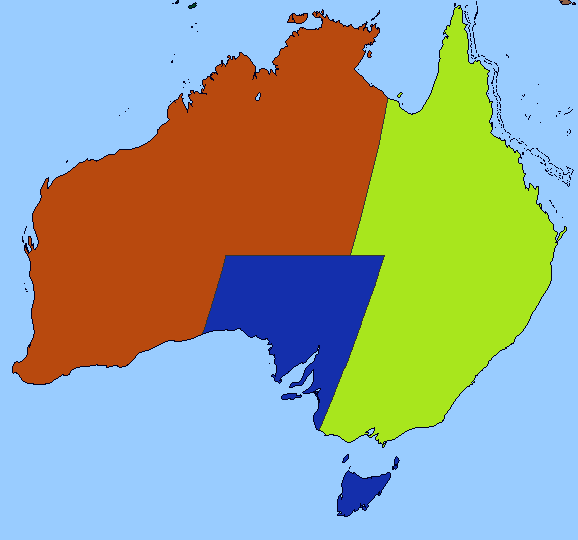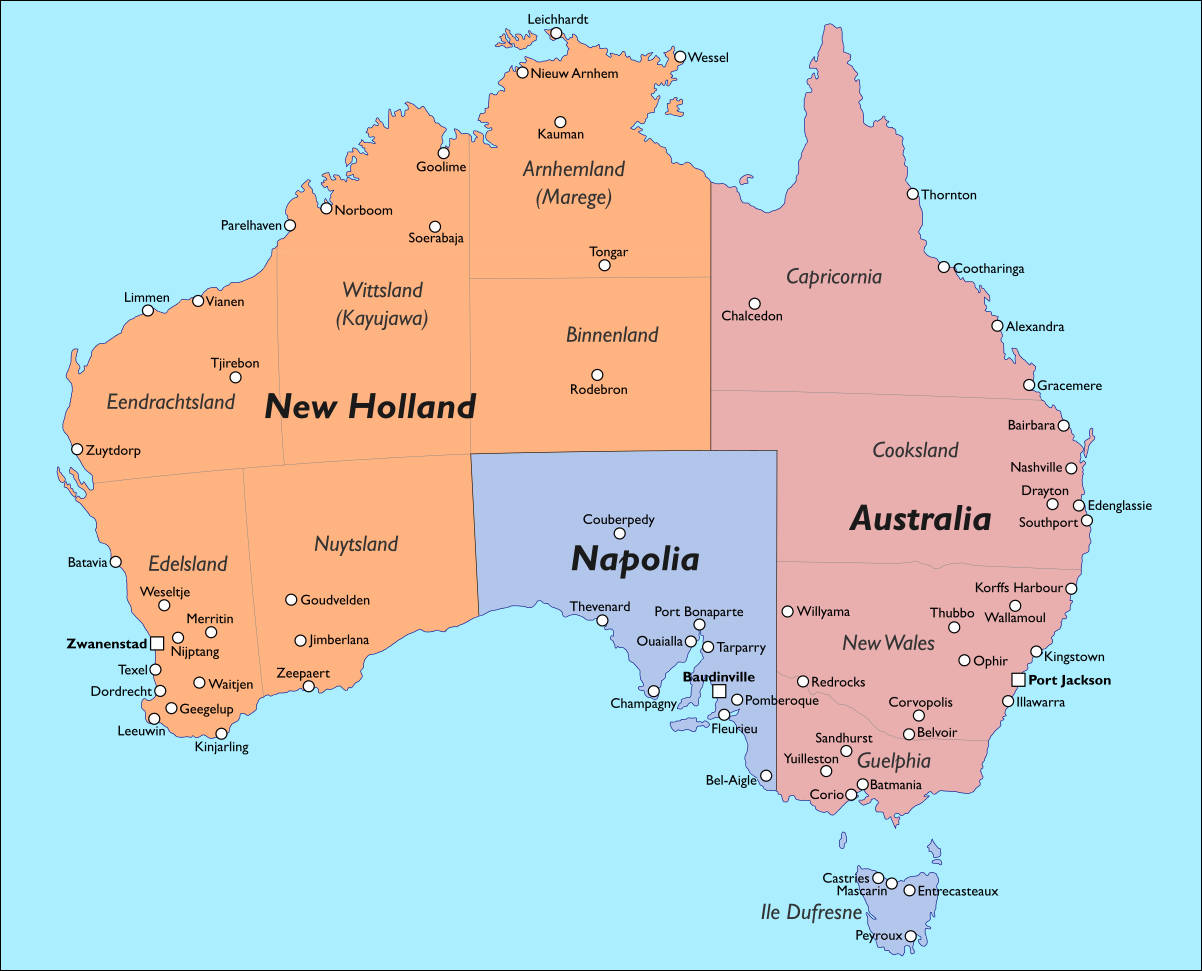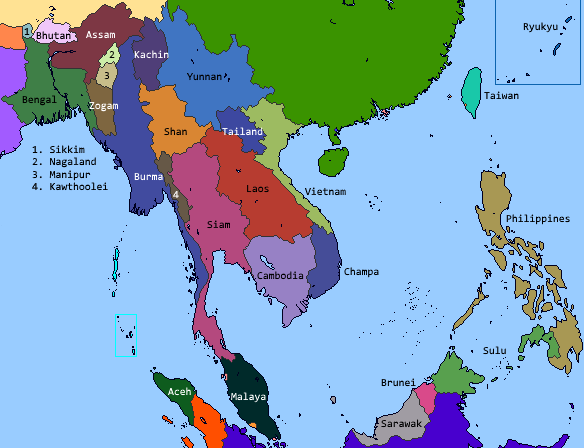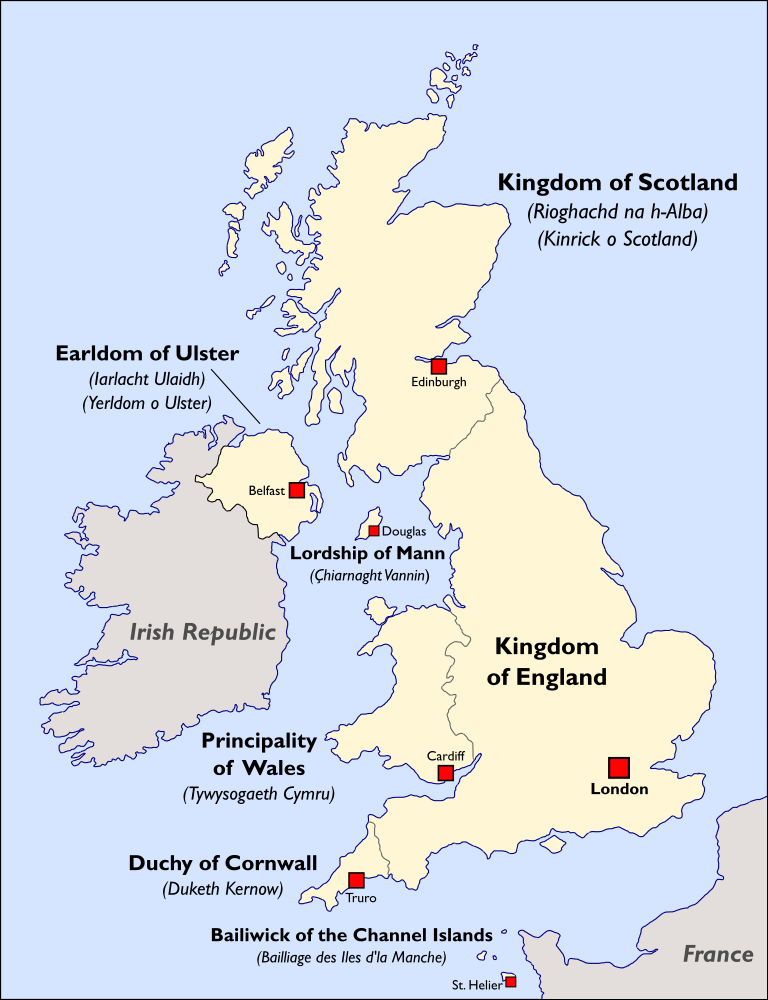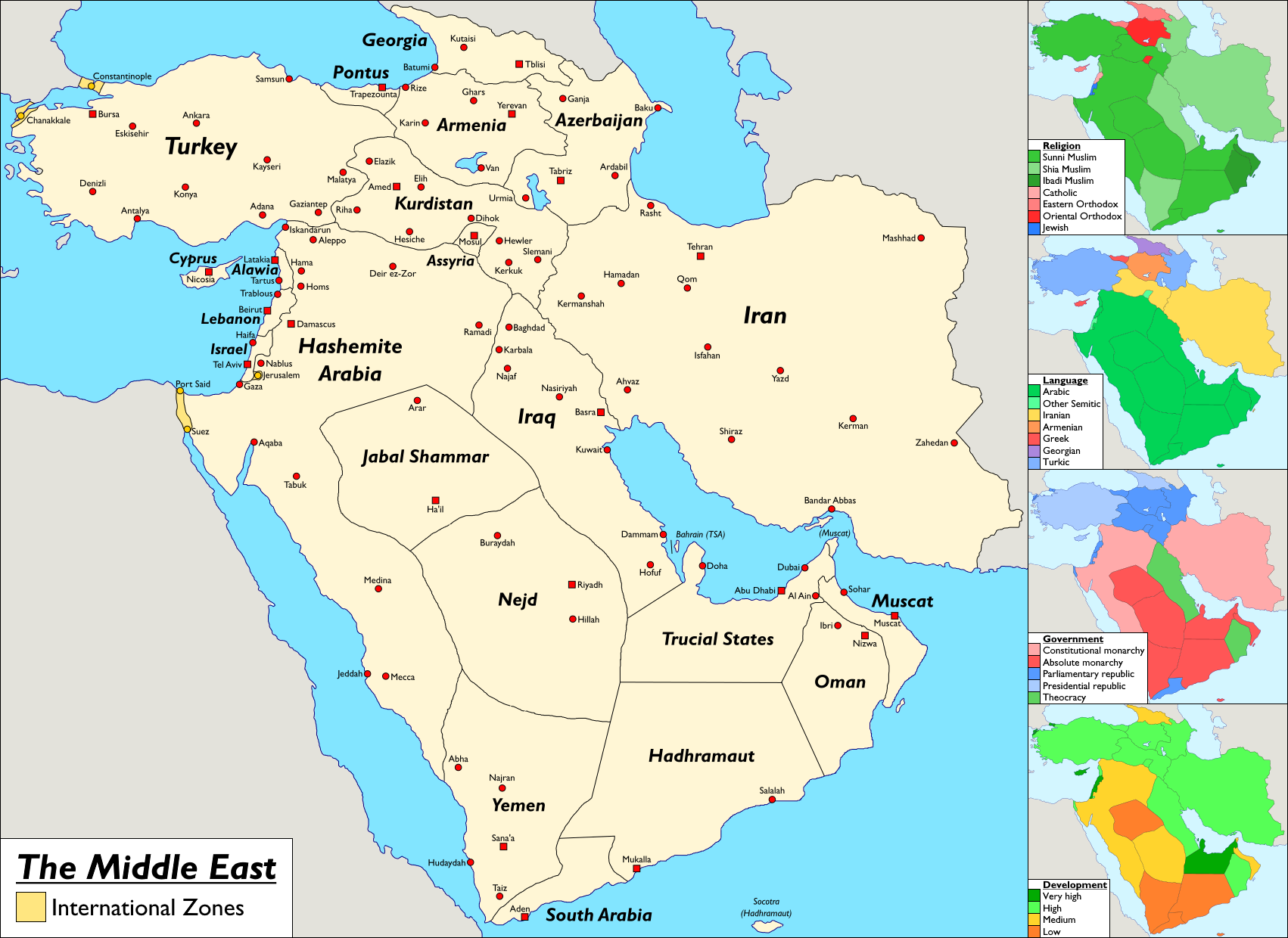The Confederation of Virginia
And here's a map of modern-day Virginia!
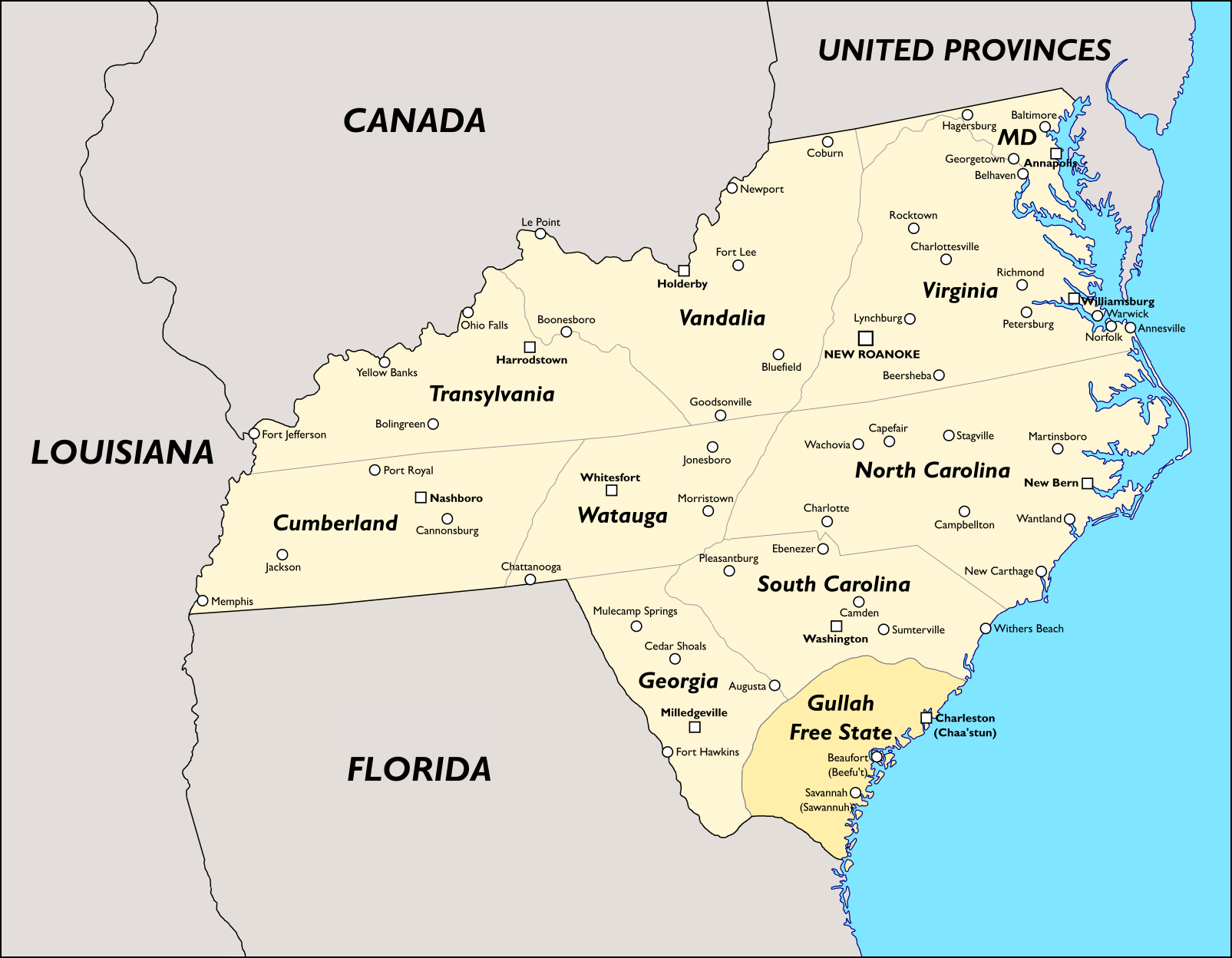
Virginia was founded as an English colony in the 17th century, and fought for and won its independence as the Commonwealth of Virginia towards the end of the 18th century. While nominally a democratic republic, the Commonwealth remained dominated by the white English planter elite at the expense of the poorer white majority (especially the Scotch-Irish descended settlers of the Appalachian backcountry) and the large minority of African-descended slaves even after the extension of universal manhood suffrage to whites and abolition of slavery in the mid-19th century. These divisions were inflamed by the 1921 Populist Revolution in Florida which provoked a backlash in Virginia as the elite sought to hold on to power while disenfranchised populations, particularly Afro-Virginians and Appalachians, agitated for a more egalitarian society.
These divisions culminated in the bloody Virginian Civil War of 1964-1972, which eventually saw the communist rebellion of the Worker's Army in Appalachia and the right-wing Provisional Government established by military coup to confront it defeated by an alliance of the neoliberal Coalition to Restore Democracy and separatist Gullah Liberation Army with international assistance. The postwar Constitution of 1976 ended the Commonwealth of Virginia and in its place established the new Confederation of Virginia, characterized by increased federalism, egalitarianism, and civilian control of the military, autonomy for the Gullah Free State, and participation in the North American integration process culminating in Virginia's accession to the North American Community in 1994.
In the aftermath of the civil war, Virginia's current stability and democracy are applauded as a success story, although deep fractures along racial, regional, and class lines remain and it continues to lag behind the rest of North America in many social and economic indicators. Despite its relative lack of economic clout, its culture (based on the blending of Anglo-Celtic and West African influences) has become quite influential across the rest of the continent in areas such as music, literature, and cuisine, to a significant degree because of the large Virginian diaspora (which saw its largest growth due to the war although many emigrated both before and after for economic and political reasons).

Virginia was founded as an English colony in the 17th century, and fought for and won its independence as the Commonwealth of Virginia towards the end of the 18th century. While nominally a democratic republic, the Commonwealth remained dominated by the white English planter elite at the expense of the poorer white majority (especially the Scotch-Irish descended settlers of the Appalachian backcountry) and the large minority of African-descended slaves even after the extension of universal manhood suffrage to whites and abolition of slavery in the mid-19th century. These divisions were inflamed by the 1921 Populist Revolution in Florida which provoked a backlash in Virginia as the elite sought to hold on to power while disenfranchised populations, particularly Afro-Virginians and Appalachians, agitated for a more egalitarian society.
These divisions culminated in the bloody Virginian Civil War of 1964-1972, which eventually saw the communist rebellion of the Worker's Army in Appalachia and the right-wing Provisional Government established by military coup to confront it defeated by an alliance of the neoliberal Coalition to Restore Democracy and separatist Gullah Liberation Army with international assistance. The postwar Constitution of 1976 ended the Commonwealth of Virginia and in its place established the new Confederation of Virginia, characterized by increased federalism, egalitarianism, and civilian control of the military, autonomy for the Gullah Free State, and participation in the North American integration process culminating in Virginia's accession to the North American Community in 1994.
In the aftermath of the civil war, Virginia's current stability and democracy are applauded as a success story, although deep fractures along racial, regional, and class lines remain and it continues to lag behind the rest of North America in many social and economic indicators. Despite its relative lack of economic clout, its culture (based on the blending of Anglo-Celtic and West African influences) has become quite influential across the rest of the continent in areas such as music, literature, and cuisine, to a significant degree because of the large Virginian diaspora (which saw its largest growth due to the war although many emigrated both before and after for economic and political reasons).
